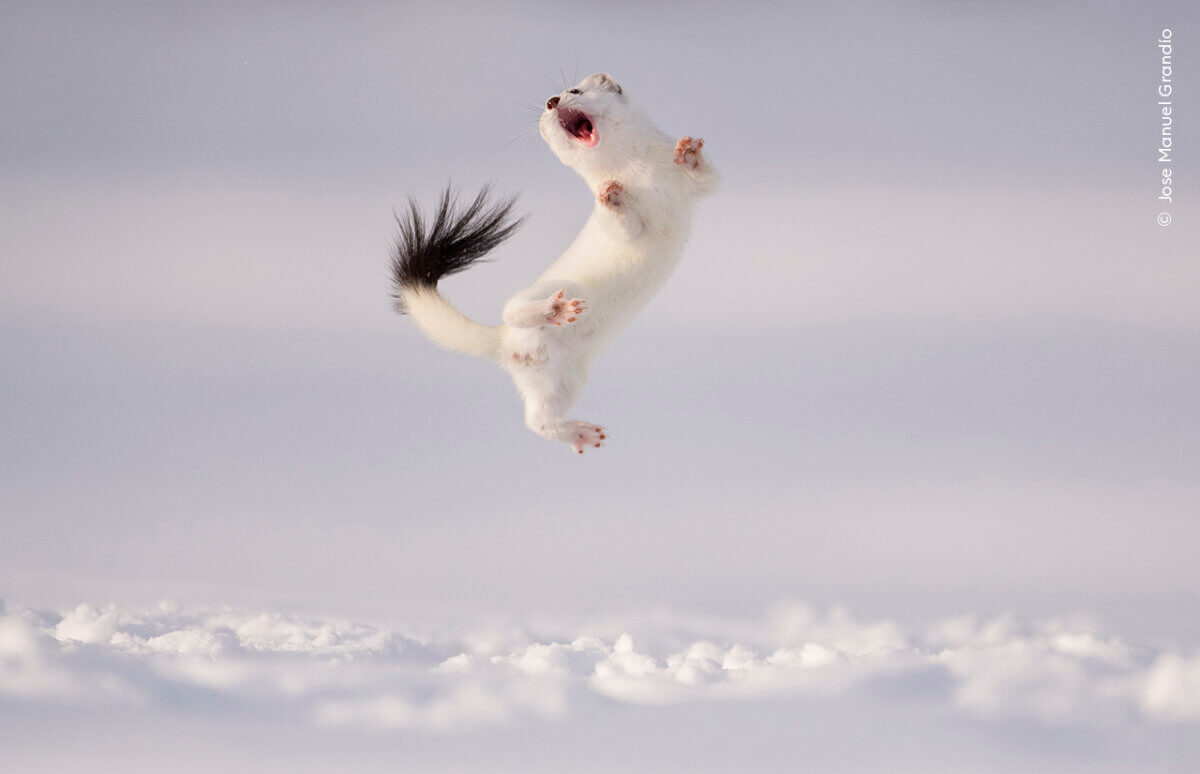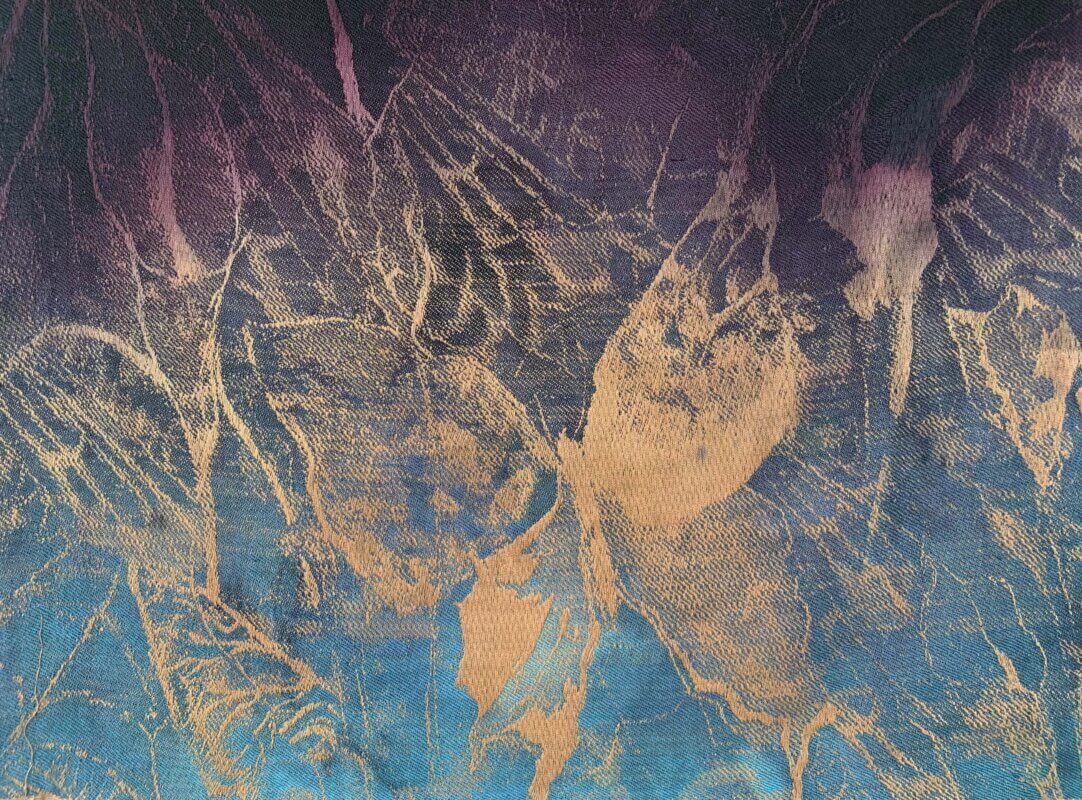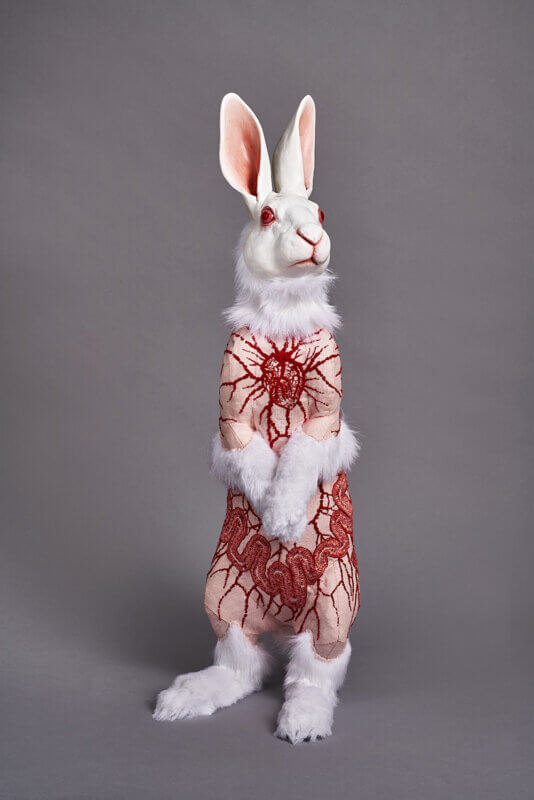People have been exploring the unparalleled scenery and bountiful wildlife of this corner of northwest Wyoming for millennia. Native people began visiting the region over 11,000 years ago, valuing this ecosystem for its natural resources and as a site of spiritual importance.
Europeans began to explore the area approximately 200 years ago. Most famously, in 1871, the Ferdinand V. Hayden Expedition arrived with a mission to document the wonders of Yellowstone. Photographer William Henry Jackson and painter Thomas Moran returned from the expedition with images that helped convince the U.S. Congress to establish Yellowstone as the world’s first national park in 1872. Other parks along the Rockies soon followed, including Glacier National Park in 1910 and Grand Teton National Park in 1929.
Paintings and sculptures of these iconic parks and the wildlife thriving within their borders are presented here. This region remains a haven for artists and sight-seers drawn to its intact ecosystems, dramatic scenery, and plentiful wildlife.
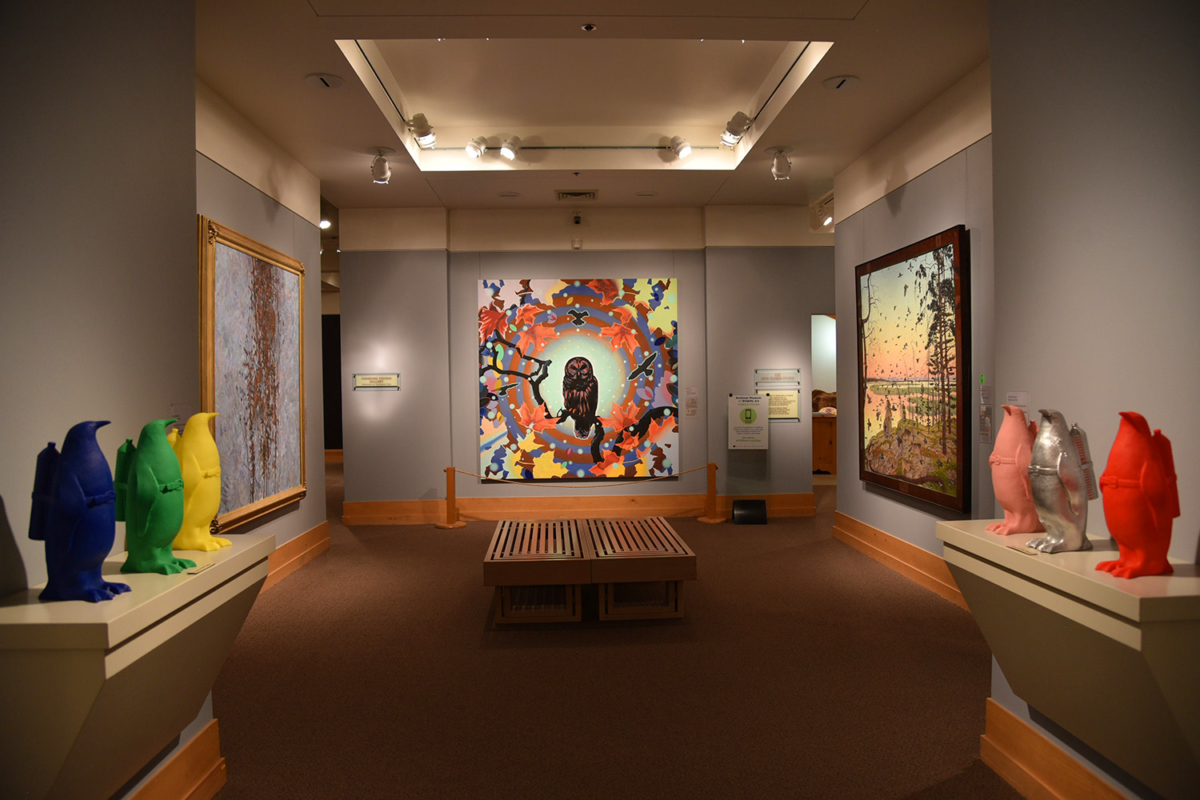
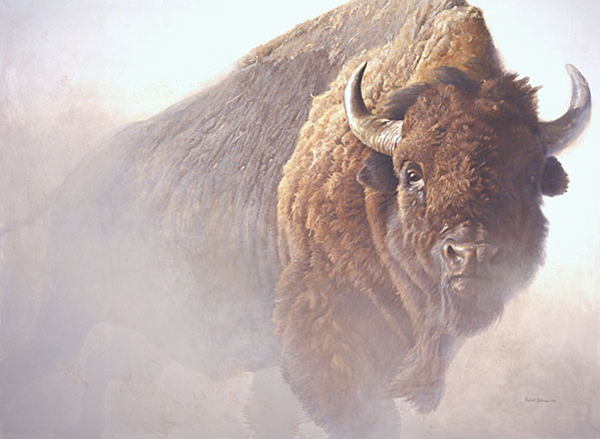
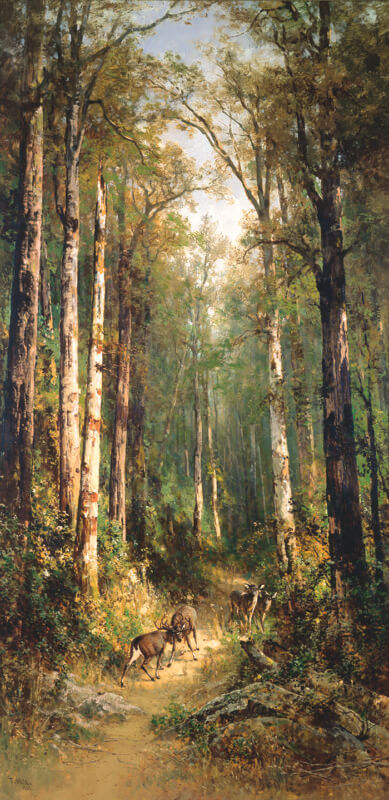
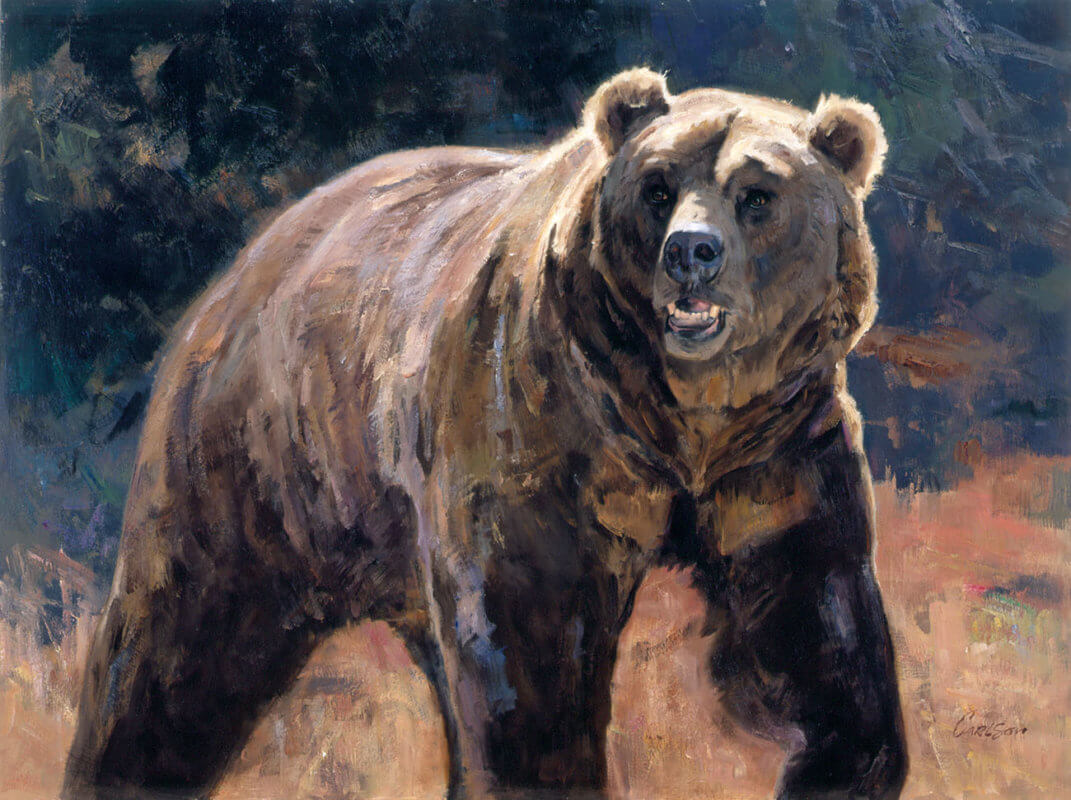

- 1
- 2
- 3
Wildlife Photographer of the Year
Through August 24, 2025Wildlife Photographer of the Year is the most prestigious photography event of its kind, providing a global platform that showcases some of the best photography talent from around the world for nearly 60 years.
See the Exhibit- 1
- 2
- 3
A Conceptual Thread
Through November 2, 2025Various types of textile art—quilting, weaving, tapestry, and knitting—will be featured in this exhibit, each showcasing its unique ability to tell stories about wildlife and nature. The exhibition will also include a large communal loom in the Wapiti Gallery; Museum visitors will have the opportunity to contribute to the exhibition by weaving on this loom during their visit.
See the Exhibit

